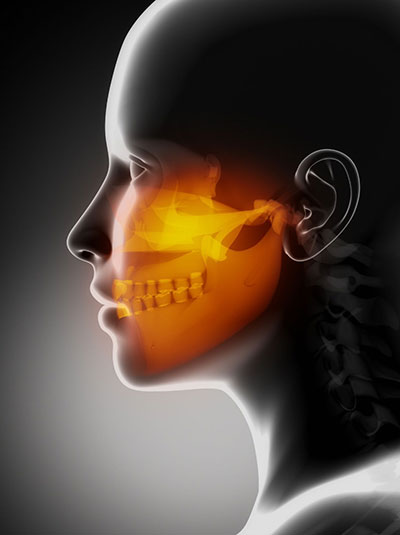We are specialists in minimally invasive techniques

Diseases of the oral cavity
Multiple lesions can affect the structures found in the oral cavity:
Diseases related to the lips, lingual or labial braces, teeth, gums, mucosa, tongue, palate, floor of the mouth, uvula, base of the tongue or pharynx.
- Maxillary bone cysts,
- White or red spots such as leukoplakia, erythroplasia or lichen,
- Ulcers, fibroids, bumps on the lips, tongue and oral cavity.
- Retained teeth.
- Short labial or lingual frenulum.
If these injuries do not heal in 2 weeks, they must be evaluated by a Specialized Maxillofacial Surgeon.
TEMPOROMANDIBULAR JOINT
The TMJ is the articulation of the jaw with the skull, it is located in front of the ears and is responsible for the opening-closing movements of the mouth and chewing. In addition, other structures such as the articular meniscus and the chewing muscles are involved.
- Functional overload (BRUXISM)
- Sd. Temporomandibular dysfunction
- Joint dislocation
- Trauma
- Arthrosis-joint degeneration
- Arthritis
- Tumor disease

Temporomandibular dysfunction syndrome is one of the most common conditions and can sometimes be confused with an earache, headache or migraine. Noises or clicks and blockages that prevent opening or closing the mouth may also appear.
Therapeutic orientation is essential for rapid care since a percentage of patients may require some type of minimally invasive intervention.
Head and neck surgery
Head and Neck Surgery takes care of tumors, benign and malignant, in this anatomical area. The most frequent tumors are located in the salivary glands, the mouth, facial bones, the neck or the skin.

The appropriate treatment is guided by a meticulous study and a timely diagnosis that can be managed by a Maxillofacial Surgeon with a medical specialty.
SALIVARY GLANDS
The salivary glands such as the parotid, submaxillary and sublingual glands are located in the facial, cervical and oral cavity bilaterally.
Its main function is to secrete saliva to facilitate chewing and digestion.
A wide range of conditions can affect the function of the glands blocking the arrival of saliva to the mouth, others can start as the appearance of lumps or masses on the face or neck, among others.
- Obstructive Diseases (stones)
- Inflammatory Diseases and Infections
- Benign tumors in these glands that appear in the form of “lumps” with slow growth and without other associated symptoms.
- Malignant tumors are much less common and are often associated with rapid growth and facial paralysis.




